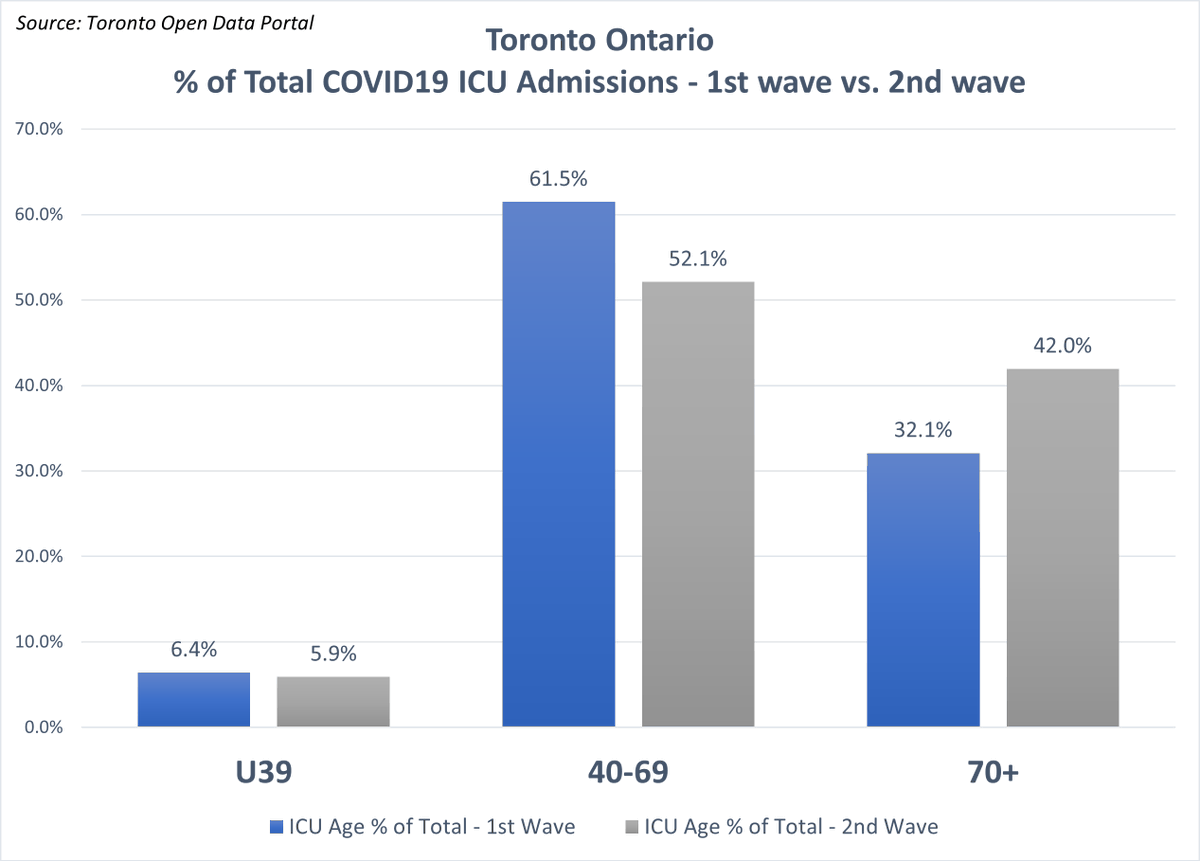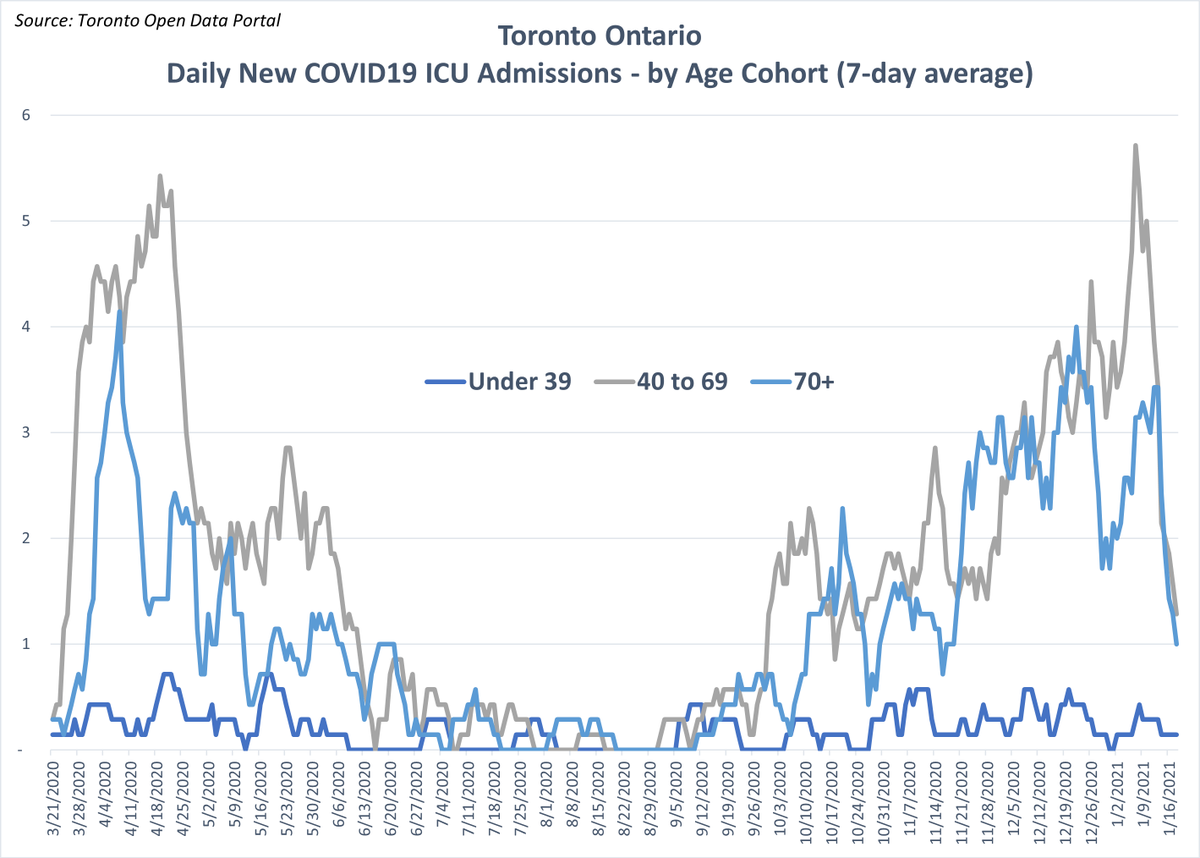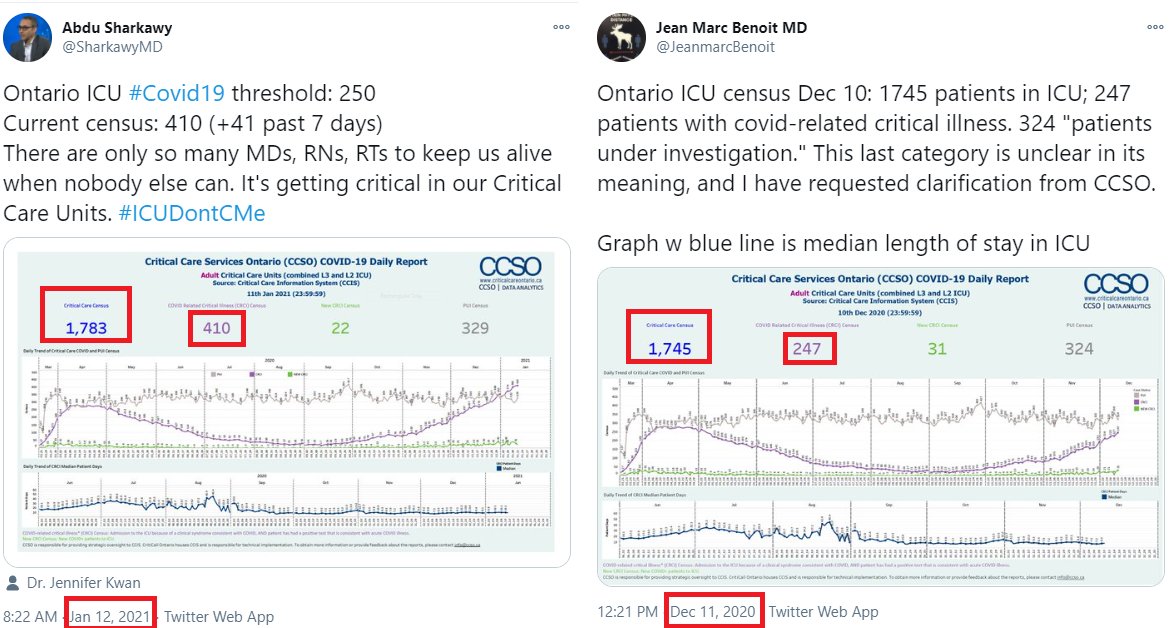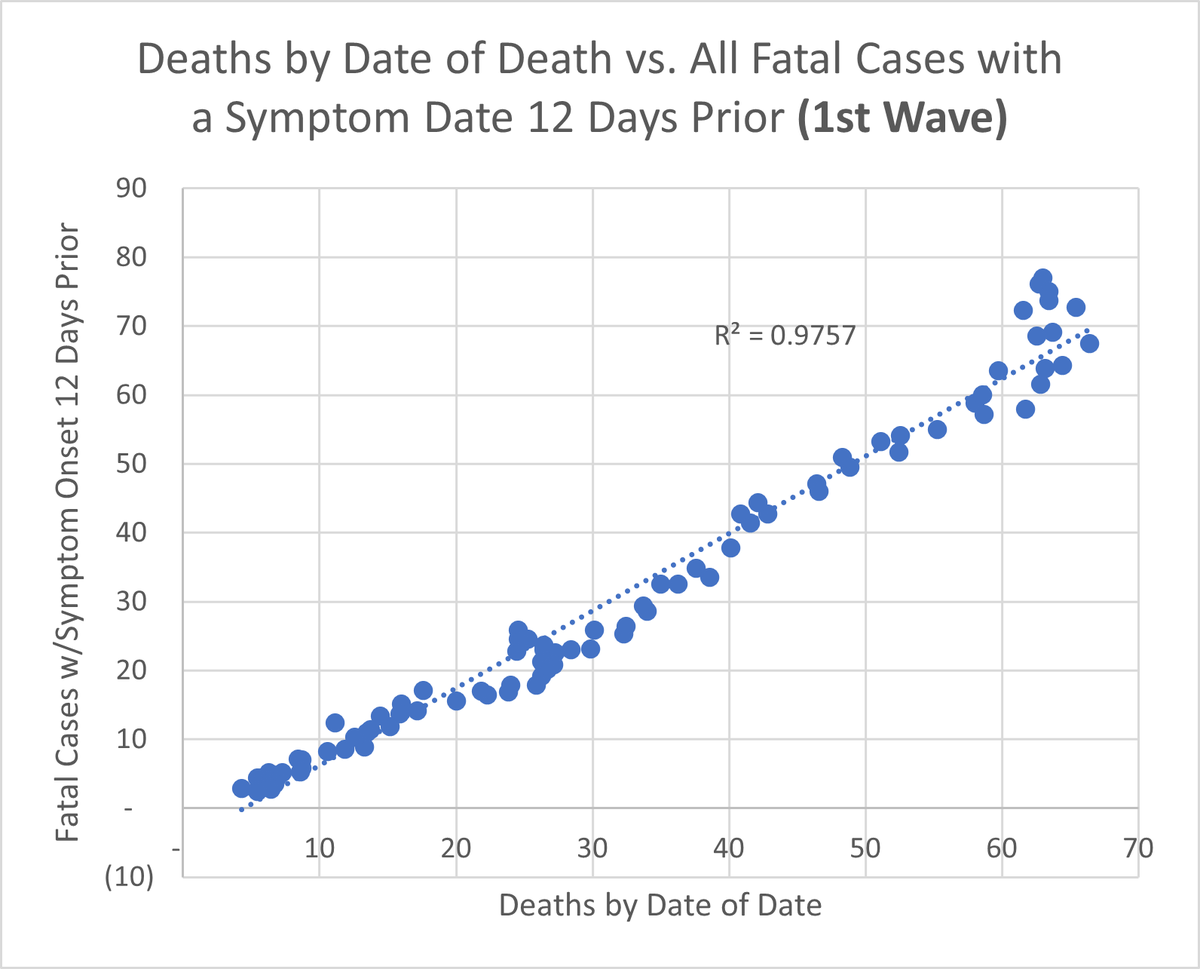
Ontario Science Table lockdown policy, backed by @fordnation, @JohnTory & @epdevilla, appears to have dramatically shifted C-19 disease burden onto the low income, high visible minority, high household density, high service worker areas of Toronto.
Shocking #’s & visuals follow.
Shocking #’s & visuals follow.

First, a message to vulnerable communities:
In my opinion, health/govt officials put you in harms way. They⬆️your mobility *relative to the population*, shifting community disease burden onto you. They did not care about you. They cared about themselves and their failed policy.
In my opinion, health/govt officials put you in harms way. They⬆️your mobility *relative to the population*, shifting community disease burden onto you. They did not care about you. They cared about themselves and their failed policy.
We know there were relative disease burden differences. But to what degree?
Of Toronto’s 140 neighbourhoods, in the 2nd wave…
The 35 lowest income neighbourhoods vs. the 35 highest income neighbourhoods had*:
2.9x more cases
2.7x more hospitalizations
2.2x more deaths
*all figures are per 100,000
The 35 lowest income neighbourhoods vs. the 35 highest income neighbourhoods had*:
2.9x more cases
2.7x more hospitalizations
2.2x more deaths
*all figures are per 100,000

The 35 neighbourhoods with highest concentration of visible minorities vs. the lowest 35 had:
2.6x more cases
2.1x more hospitalizations
1.6x more deaths
2.6x more cases
2.1x more hospitalizations
1.6x more deaths

The 35 neighbourhoods with highest household densities vs. the lowest 35 had:
2.9x more cases
2.2x more hospitalizations
2.0x more deaths
2.9x more cases
2.2x more hospitalizations
2.0x more deaths

And lastly, the 35 neighbourhoods with highest concentration of non-healthcare essential service industries vs. the lowest 35 (i.e. work-from-home neighbourhoods) had:
3.2x more cases
3.0x more hospitalizations
1.9x more deaths
3.2x more cases
3.0x more hospitalizations
1.9x more deaths

IMO, these data show that OST and gov’t lockdown policy may have facilitated dramatically higher C-19 disease burden in the most mobile/vulnerable areas, by reducing the relative mobility of high income, work-from-home, low visible minority, low household density areas.
Yet we are calling for more of these restrictions?
toronto.citynews.ca/2021/03/15/ont…
toronto.citynews.ca/2021/03/15/ont…
I first pointed out the disastrous disease burden shifts already occurring across Toronto neighbourhoods back in November 2020, in two extensive threads (this one from the 22nd):
https://twitter.com/rubiconcapital_/status/1330602256685821955?s=20
4 days later, on Nov. 26, @SteiniBrown of the OST, for the 1st time (to my knowledge) directly addressed disease burden differences. But he blamed “long-standing structural factors” (not the pandemic or policy) and offered a new term: “Prevention Gap”. 

On January 28th, @SteiniBrown also acknowledges higher C-19 case burden borne by essential services workers (below slide), but simply reiterates need for workplace safety measures, and does not elaborate on the relative disease burden causes, imo. 

But (and lastly), before we declare, as many do, that SARS-CoV-2 is simply a prejudicial virus, and its prejudice (and not lockdowns) caused the relative disease burden differences, let’s think a little deeper and remember that…
….as we know, higher service worker neighbourhood concentrations correlate strongly with cases per 100k... 

…but that, unfortunately, the following neighbourhood characteristics also strongly correlate with high service worker concentration…
Visible minorities
Average household size
Average income (inversely correlated)
Visible minorities
Average household size
Average income (inversely correlated)

C-19 is not a prejudicial virus—but imo, the Ontario Science Table and gov’t policies turned the virus prejudicial when it shut down all of society, shifting relative mobility, contact, and thus disease burden onto those the services-based/low-income/vis-min/dense neighbourhoods.
End these lockdowns now.
/sources addendum
Toronto C19 Data: open.toronto.ca/dataset/covid-…
Service industry definitions:
Toronto C19 Data: open.toronto.ca/dataset/covid-…
Service industry definitions:
https://twitter.com/rubiconcapital_/status/1330598859052097544?s=20
• • •
Missing some Tweet in this thread? You can try to
force a refresh










